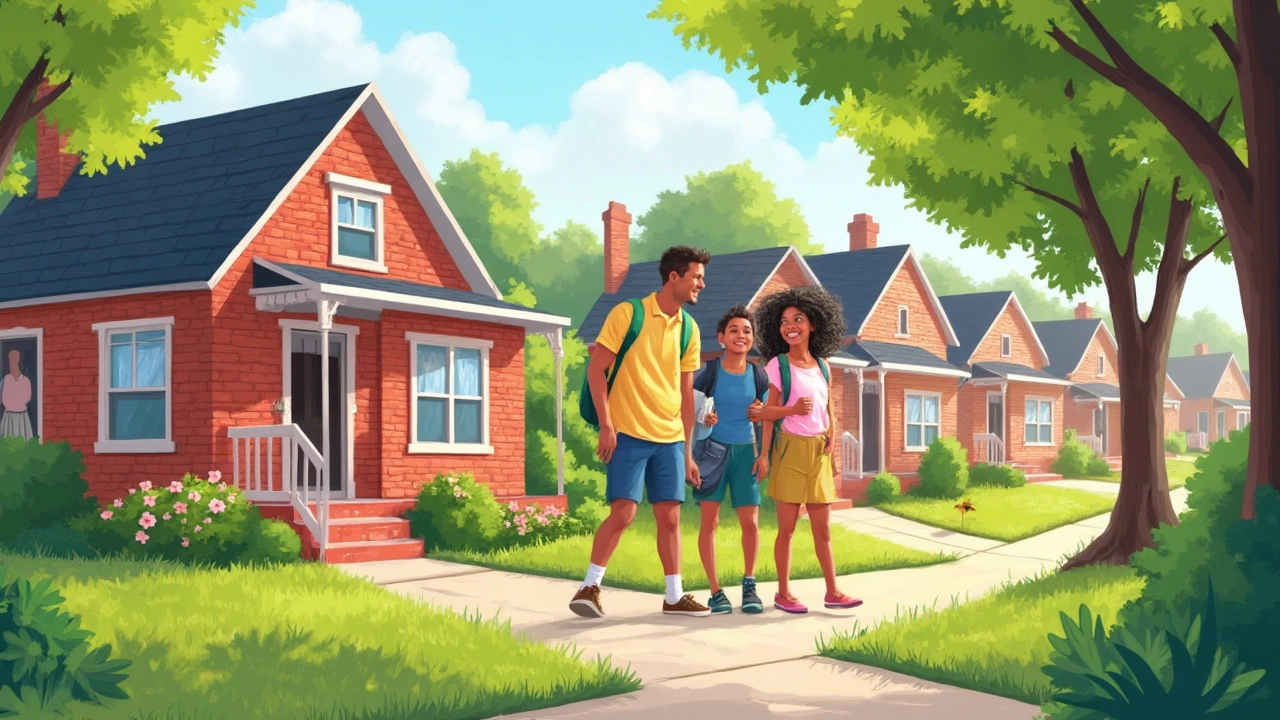Virginia Housing: What You Need to Know Before You Buy
Thinking about moving to Virginia or buying your first home there? You’re not alone. The state offers a mix of city living, suburbs, and countryside, and the market can feel confusing. This guide breaks down the basics – from finding affordable listings to getting the right down payment assistance – so you can make a confident decision.
Where to Start: Finding the Right Property
First step is to decide which area fits your lifestyle. Do you want the buzz of Richmond, the coastal vibe of Virginia Beach, or a quieter town like Charlottesville? Use local portals or the Florin Court Real Estate Hub to filter by price, size, and amenities. Look for properties that have been on the market for a few weeks; they often have room for negotiation.
When you spot a promising home, check the neighbourhood’s school ratings, transport links, and future development plans. A short drive to a new highway or a upcoming grocery store can boost the property’s value and make daily life easier.
Financing Your Virginia Home
One of the biggest hurdles is the down payment. Virginia offers several assistance programs that can shave thousands off the amount you need up front. For example, the Virginia Down Payment Assistance (DPA) grants target first‑time buyers with income limits and provide either a forgivable loan or a deferred payment.
To qualify, you’ll need a steady income, a decent credit score (usually 620 or higher), and you must commit to live in the home for a set period. Start by gathering recent pay stubs, tax returns, and a list of any existing debts. A mortgage broker can run a quick pre‑approval to see exactly how much you can borrow.
If a traditional 20% down payment feels out of reach, remember you don’t always need to put 10% or more. Some lenders accept as little as 3% for qualified buyers, especially when you combine a low‑down loan with a DPA grant. Just be aware that a smaller down payment can mean higher monthly mortgage insurance costs.
Another option is shared ownership. This scheme lets you buy a share of the property—often 25% to 75%—and pay rent on the remaining share. It’s a good way to get into a market that feels too pricey otherwise. The key is to understand the rent‑to‑share ratio and how your share can increase over time.
Before you sign anything, ask the seller or agent about any hidden fees: service charges, maintenance costs, and property taxes. These can add up and affect your monthly budget more than the mortgage itself.
Finally, don’t forget to budget for closing costs, which typically run 2% to 5% of the purchase price. Set aside a separate savings buffer for moving expenses, new furniture, and any immediate repairs.
By mapping out where you want to live, tapping into Virginia’s down payment programs, and exploring shared ownership, you’ll be in a strong position to buy a home that fits both your lifestyle and your wallet.

Virginia's First-Time Homebuyer Program: A Handy Guide
This article delves into the various aspects of Virginia's first-time homebuyer program, aiming to provide essential information for those stepping into the real estate market for the first time. It includes details on the types of assistance available, eligibility criteria, and practical tips to make the most of these programs. Whether you're a newbie or just need a refresher, this guide will help you navigate the options tailored for Virginians. Learn how to leverage state-specific loans and grants to ease the process of owning your first home.